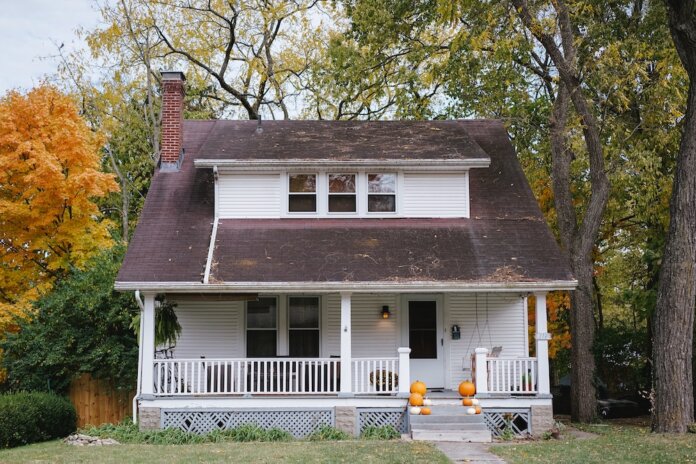After decreasing for four consecutive months, existing-home sales finally turned the corner and grew 1.3% in July compared with June to a seasonally adjusted annual rate of 3.95 million, according to the National Association of Realtors (NAR).
However, existing-sales slipped 2.5% from one year ago.
“Despite the modest gain, home sales are still sluggish,” says Lawrence Yun, chief economist for NAR, in a statement. “But consumers are definitely seeing more choices, and affordability is improving due to lower interest rates.”
As of the end of July, total housing inventory was 1.33 million units, an increase of 0.8% compared with June and up 19.8% from one year ago.
That’s about a four-month supply at the current sales pace, down from 4.1 months in June but up from 3.3 months in July 2023.
The median existing-home price for all housing types in July was $422,600, up 4.2% from one year ago. All four U.S. regions posted price increases.
With inventory increasing and an anticipated rate cut coming in September, it is forecast that existing-home sales will rise this fall.
In July, properties typically remained on the market for 24 days, up from 22 days in June and 20 days in July 2023.
First-time buyers were responsible for 29% of sales in July, identical to June but down from 30% in July 2023.
All-cash sales accounted for 27% of transactions in July, down from 28% in June but up from 26% one year ago.
Individual investors or second-home buyers, who make up many cash sales, purchased 13% of homes in July, down from 16% in both June 2024 and July 2023.
Distressed sales – foreclosures and short sales – represented 1% of sales in July, virtually unchanged from last month and the prior year.
Regionally, and month-over-month, existing-home sales increased 4.3% in the Northeast, 1.1% in the South, and 1.4% in the West, but sales were flat in the Midwest.
Photo: Phil Hearing











